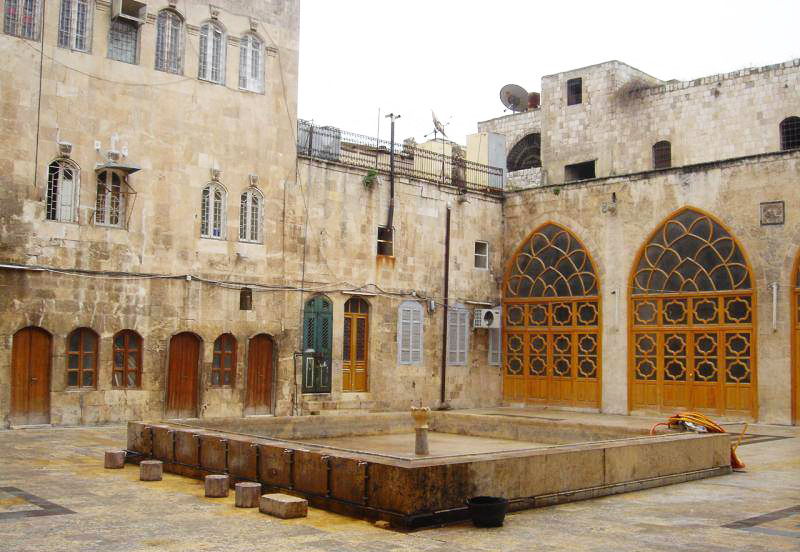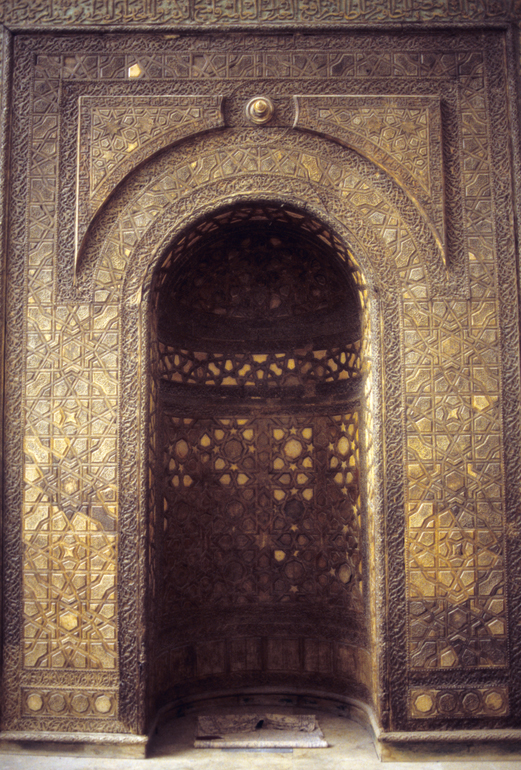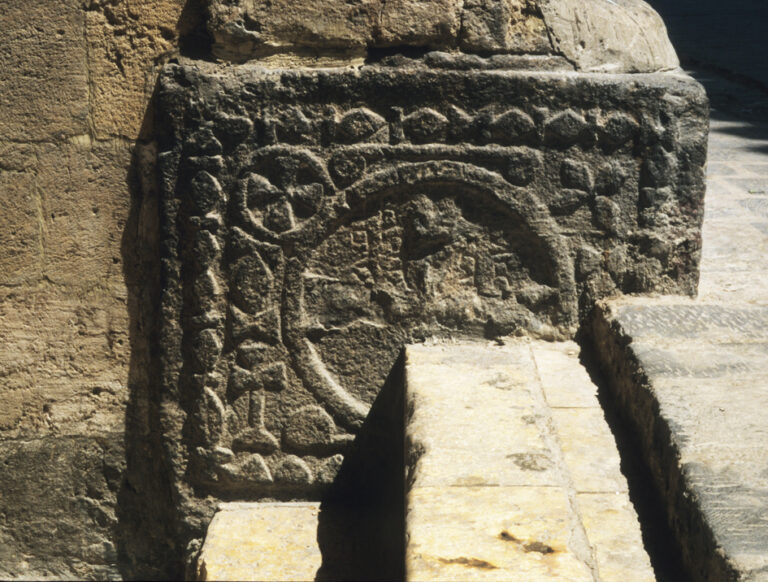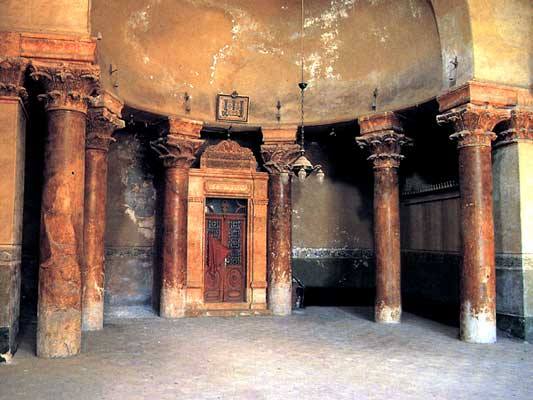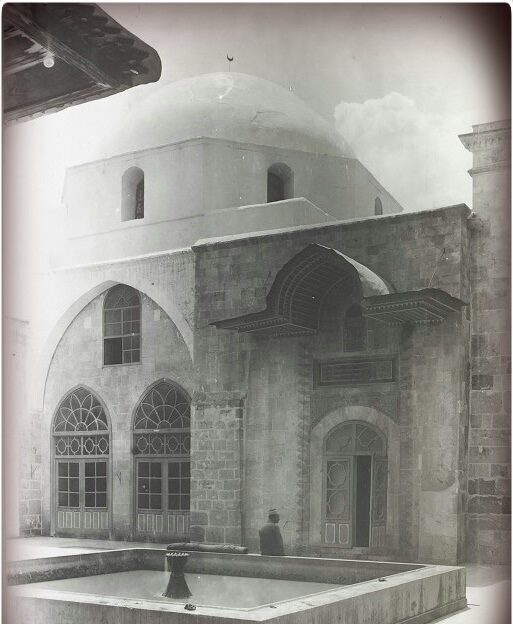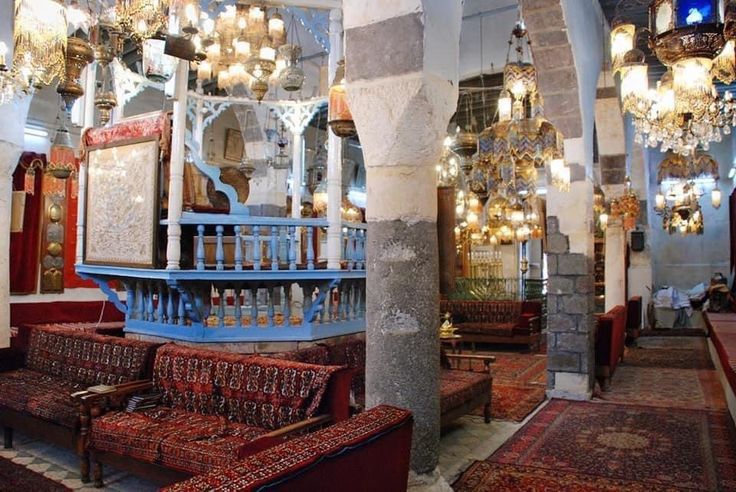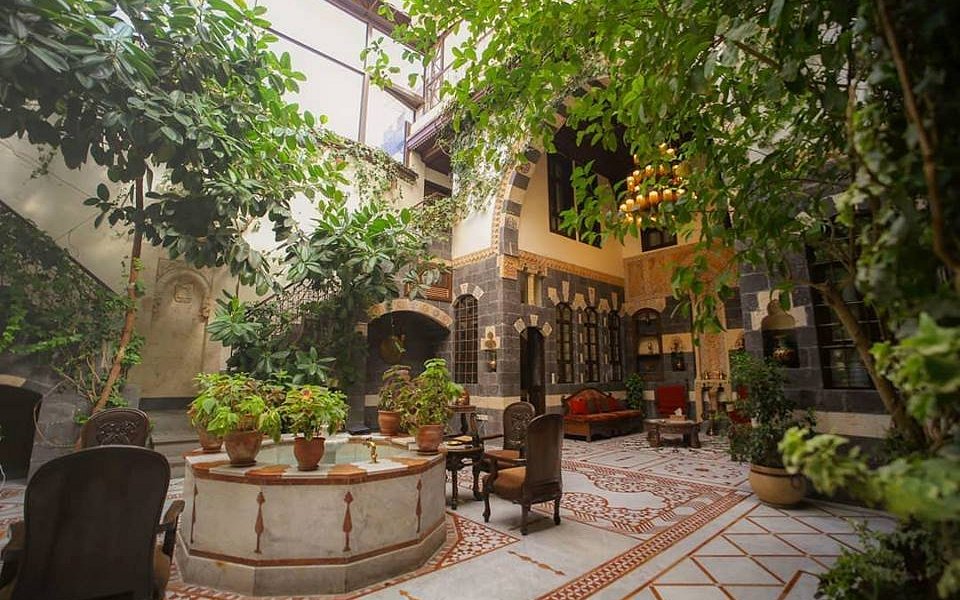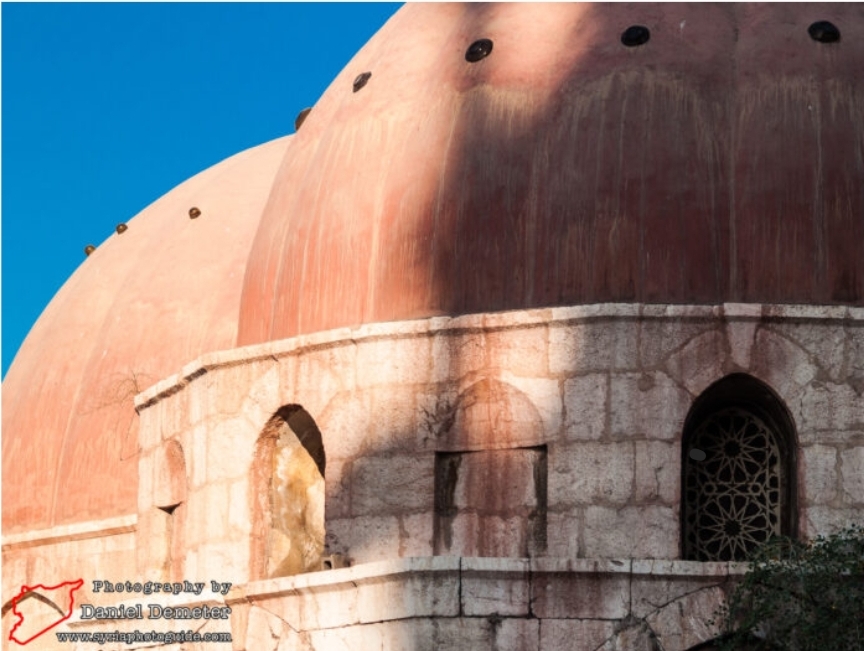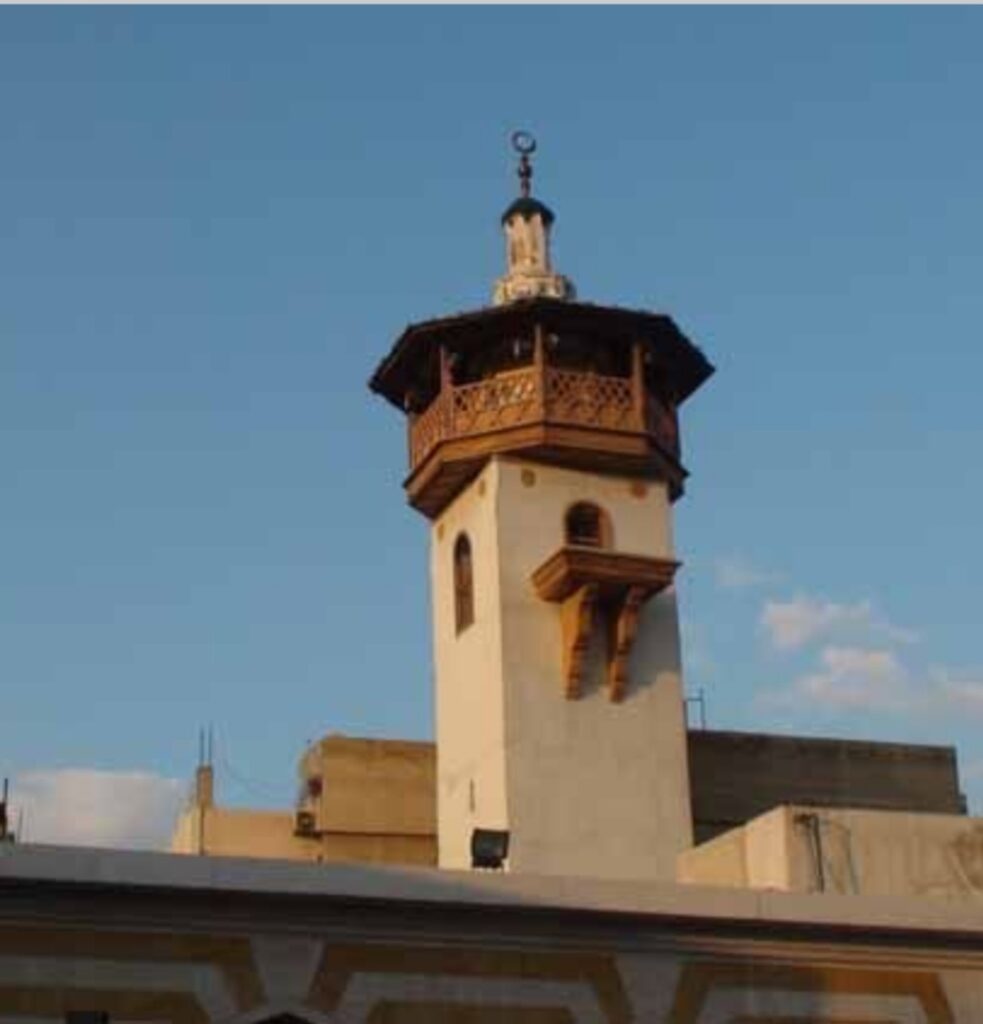Originally constructed as a Roman cathedral in honor of Empress Helena, mother of Constantine, Al-Halawiyah is believed to commemorate her bringing of the Holy Cross to Aleppo. During subsequent conquests, the cathedral was converted into a small mosque, and in 1124 AD, Nur ad-Din Zangi ordered the transformation of its nave and altar into a Shafi’i school of jurisprudence. It became known as Al-Halawiyah Madrasa, named after its founder, Judge Al-Halawi.
Today, Roman marble columns rise to support Crusader-style arches, coated with a thin layer of lime plaster. Nearby stands an Ayyubid mihrab intricately adorned with pomegranate-branch motifs—symbolizing an artistic dialogue between early Christian and medieval Islamic aesthetics. In the courtyard, an ancient fig tree casts its shade, its roots intertwined with a subterranean water channel that once supplied the original church.
In 2005, the Syrian-German restoration project reinforced the structure using flexible lime injections and re-anchored the columns with lead-based rings, preserving both the building’s structural stability and historical integrity.
Currently, the site functions as a center for manuscript research. A rear hall displays rare Syriac and Arabic parchments written in Aleppo, while expert guides provide live demonstrations of how the building was gradually repurposed—its architecture evolving from cross to mihrab without erasing the original engravings.
A virtual reality experience now allows visitors to witness this architectural and cultural transformation through five historical phases—offering a compelling Middle Eastern example of layered historical adaptation and cultural resilience

